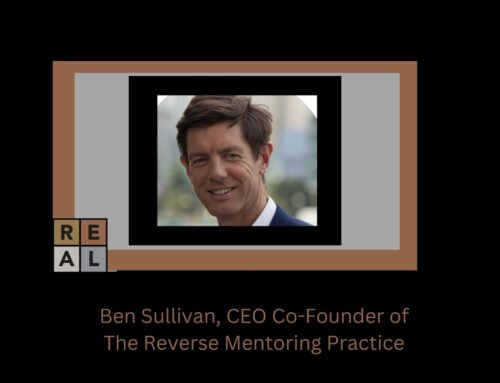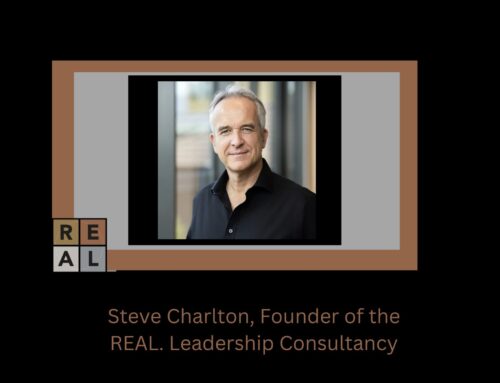Douglas McCabe CEO of startup Fuelbetter, shares what he has learnt during his journey of creating and building his company. In this blog post he explains how leading others is difficult enough when you have a clear destination, and a clear and robust road-map for getting there. But what if the destination is not clear – or the road-map is based only on a few faint points of lights in an otherwise dark sky?
Find out more in this intriguing and thought provoking article and learn about the lessons he has learnt.
There’s no established model or template to follow. The destination and path are unclear. Failing – repeatedly – is almost certain to happen. We all know this from reading business books about start-ups.
But the intellectually beautiful concepts of “failing fast” and “iterating to product-market fit” mask a process that, when played out in real life, requires leaders to dig deep – deeper than they ever thought they could go.
Failure is real
Failing is not just an intellectual concept. It hits you viscerally and psychologically. First fail? Easy to convince yourself, the team, and financial backers that it’s just part of the process. Fifth fail – or even just a second fail, but one that took significant time and capital to unfold and reveal itself? The team starts losing faith in the mission; investors start losing resolve to back the next attempt; and deep self-doubt becomes difficult to fight, even for the most hardened narcissist.
The best antidote: leaders should – repeatedly and often – remind themselves, the team, and investors of the destination, the path, the milestones, the rationale of why these were all agreed on, the chance of failure, and the back-up plan post-failure. It should be like a mantra etched in everyone’s mind.
When to make a change is never clear
This applies to changing horses (employees, agencies, suppliers), changing paths to the destination, and changing the destination itself.
Two examples from my own start-up, Fuelbetter.
One critical path for our business was solving a novel data science problem. But it wasn’t being solved. Was this because the problem was intractable, or because the data scientist hired was not up to the challenge? Hiring a new data scientist required an investment of leadership time and precious capital – both of which were in short supply and had to be used shrewdly. In the end, I went through three data scientists – and two years – before I found our golden goose.
Another example is changing the destination we were aiming for. We had run out of money, and still hadn’t gained customer traction at a level that would motivate new investment. Was this lack-lustre traction due to the absence of product features important to customers – or due to the digital marketing agency we hired not spending our ad budget in the right way? I persuaded the team to work for free adding the top missing features, and fired the ad agency, taking ownership of the marketing ourselves.
Did this work? No. After more digging it became clear that our target customers were so specialised that they could only be reached through digital marketing (Google and Meta ads) if we were prepared to invest £500,000 – or more – into it.
At this point, it became clear that by changing destinations – changing our target customers, and changing the fundamentals of our pitch to investors – was the better way to motivate additional investment. But the process of crossing off the other possible solutions took 9 painful months to unfold.
Even when relying on the best available advice and the best available data, start-up leaders can find themselves ten steps beyond the safety of the cliff edge – like Wile E. Coyote from the old cartoons – and falling fast. You can have all the grim determination in the world to keep pursuing your goal – but time and money are very real limitations, and they do eventually run out.
What are the lessons I have learnt? For many of us they can be difficult to see when facing the challenges of a start-up but two areas have remained constant on my recent journey; be resilient, be flexible.
The best antidote: know your fallback positions, and ensure you live to fight another day.
#leadershipskills #lessonsinleadership #leaderchat #leaders #leadershipdevelopment #leadership







